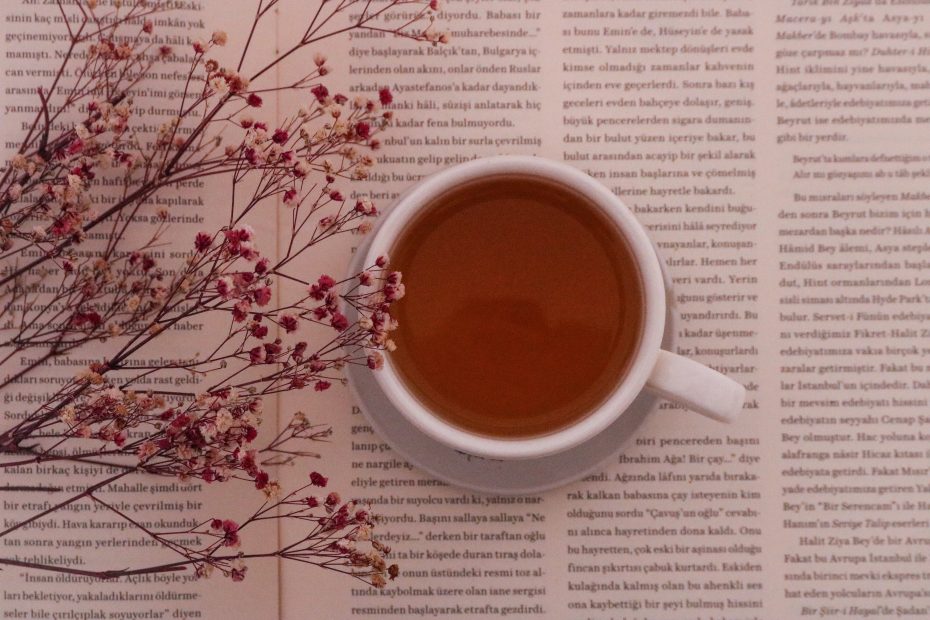The tea plant contains so many substances. Let’s look at the most common ones together:
- Theine/caffeine: Caffeine is a naturally occurring alkaloid found in coffee, cocoa, tea (where it is called theine), cola, guarana and mate plants, and in drinks made from them. Theine and caffeine are therefore the same thing. That is why in the decaffeinated drinks of Anglo-Saxon countries there is simply the indication “caffeine free” and not “theine free.” Theine was discovered by Henry Oudry in 1827. Ten years later, Gerald Mulder discovered that theine acted more slowly but with a longer effect than caffeine because it stimulated without exciting the nervous system. Green tea, especially gunpowder, has the least amount of theine (about 61 mg per cup versus 100 mg in black tea) and can be safely drunk even by those with insomnia problems.
- Catechin: found mainly in green tea, it is an antioxidant. It is also found in wine and fruit.
- Theobrimine: is an organic compound known as an alkaloid that is also present in the cocoa plant. It has a vasodilator and stimulating effect (in fact, you should never drink tea before a lengthy travel or meeting ;-)).
- Theophylline: Another alkaloid, theophylline is a component of the fundamental nitrogen molecules that some plant species manufacture.
- Floride: An ion called fluoride can be found in rocks like fluorite or in small amounts dissolved in water, tea, and algae.
Tea leaves also contain many vitamins, especially B vitamins – What could be better than that?
